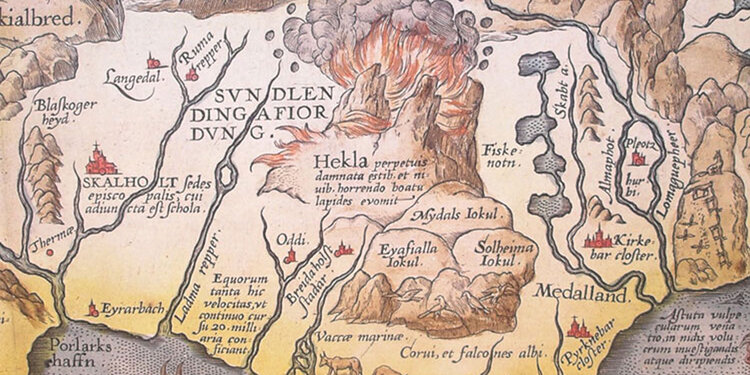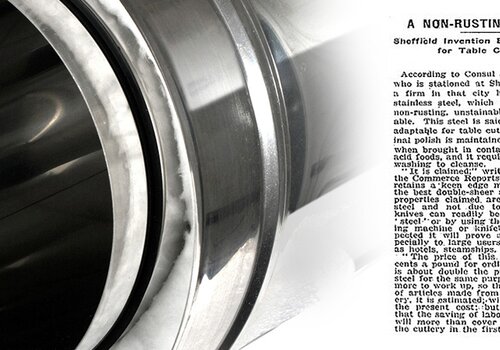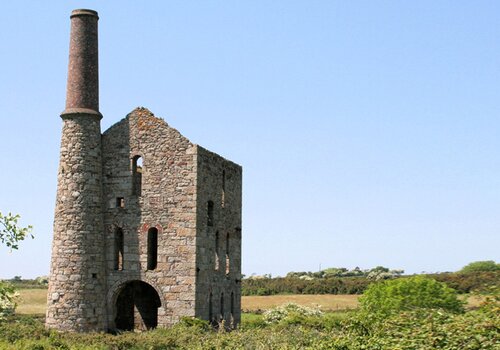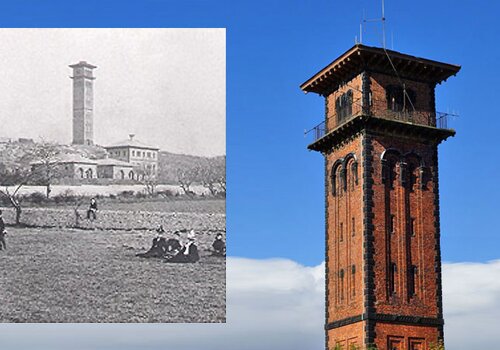(Washington, Tyne and Wear, 29. November 2021) The source of the natural pumice insulating material, used in all of our Isokern range, from pumice liners and blocks, to the Garden Fireplace.

Hekla is an is an ancient volcano located in the southern part of Iceland. The Latin text translates as “The Hekla, perpetually condemned to storms and snow, vomits stones under terrible noise”.
This was know as the “Gateway to Hell” in ancient times, and Hekla, to date, has produced around 8 km3 of lava. One of the major eruptions occurred in 1104, The Cistercian monk Herbert of Clairvaux wrote in his “De Miraculis” apparently referring to Hekla in a comparison of Sicily:
In the 16th century Caspar Peucer, a German scholar and physician, wrote that the Gates of Hell could be found in “the bottomless abyss of Hekla Fell”. The belief that Hekla was the gate to Hell continued well until the 19th century, and there is still a persistent legend that witches gather on Hekla during Easter.
When lava erupts from the Hekla volcano, the water and gas is discharged within the lava help to form the resulting pumice. When gas bubbles naturally escape, the lava forms a frothy appearance and substance. This means that when cooling down and hardening, the resulting rock contains tiny bubbles of air.
The formation of the pumice is light coloured, meaning low iron and magnesium content and high silica content.
Lava, being exceptionally hot, means it has already gone through the heating process, therefore making it a natural insulator, as well as not requiring the need to dig the earth and ruin the environment in the way you would for other natural deposits.
The air bubbles allow for extra insulation, as well as making it a very light weight product.
A microscopic photo of our pumice. Note the air bubbles, which make pumice a superb insulator and light weight for construction.
Barring the early documented eruption in 1104, there have been prehistoric eruptions, such as one approx. 1000 BC. A research team dated this to 1021 BC.
Studies from Scottish peat bogs and tree ring studies in Ireland, showed that there was slow tree ring growth for nearly 18 years, post this eruption. The causes would have been cooler northern hemisphere temperatures, known as a “volcanic winter”.
Since then, there have been around 30 eruptions, with the next major eruption recorded in 1300, causing an almost permanent reduction in settlements in the area, which last to this day.
In modern times, the most disruptive eruption was in 1947, lasting over a year and causing the indirect deaths of many people due to respiratory problems.
The most recent one was in the year 2000, and the general consensus is that when a volcano is dormant for a long time, the next eruption is always at a larger scale.
Pumice, from the Hekla volcano, is then transferred to our Schiedel Isokern plant in Denmark. The pumice is processed and then formed into blocks or liners.
Unlike breeze blocks or bricks, these are very lightweight in comparison due to the air bubbles and the way they are processed, which means the transportation is reduced. This also adds to the insulation factor, meaning they can handle even the highest temperatures – which isn’t surprising considering they came from depths of the Earth.
Both liners and module blocks are great options when building a house, or renovating an existing one to add in a chimney. These very same blocks are then used to create a chimney flue, making it a natural part of your house, as well as one of the safest ways to create a chimney.
Pumice is a 100% natural, CO2 neutral and environmental friendly material with a density of only 390 kg/m3 (the raw pumice material). Due to various mixes the density of the finished pumice block stone varies between 750 to 850 kg/m3.
Pumice is very durable when exposed to high temperatures (+ 1,000 degrees), and does not crack, even when the temperature suddenly goes up. Pumice has extremely good insulating properties:

News
Harry Brearley is commonly regarded as the inventor of “Stainless Steel” in Sheffield, however, his path was laid by a number of scientists ...

News
We always have that perfect vision of people gathered round a roaring fire on a cold day, protected in a warm and cosy home.

News
Looking at local landmarks near our Washington factory, an interesting one has popped up (excuse the pun) at Cleadon, a village located near...